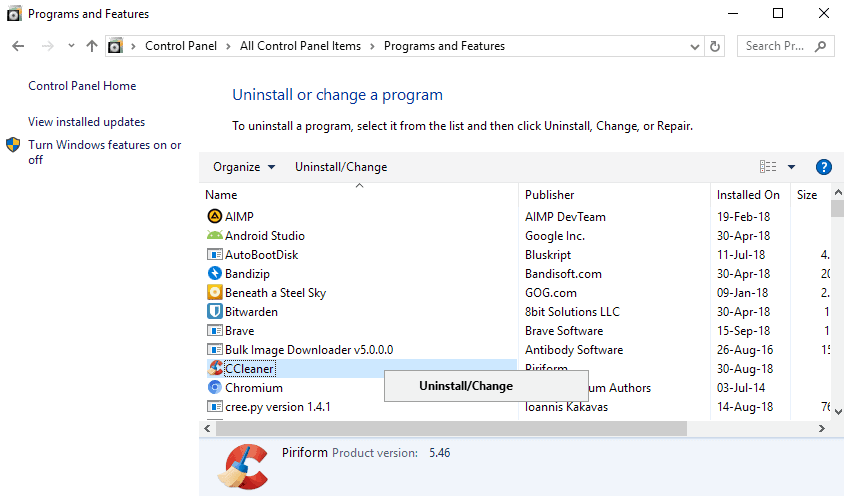
The CCleaner functions that can impact an SSD's lifespan: For more info on this, go to Wiping SSDs with CCleaner further down this page. Until you're comfortable using the CCleaner program I'd suggest always using this backup option just in case something goes wrong after the cleaning - so that you can easily restore the previous settings.CCleaner works with SSDs with some exceptions for Custom Clean and Drive Wiper. The CCleaner backup process takes about 5 seconds to complete and can save you hours of trouble should something go wrong. Whenever you use the CCleaner "Issues" section to clean the registry prior to performing the actual cleaning process, the program offers to "option" to backup the previous registry. Side Note: If you're still unsure, use the registry backup feature. The "Issues" section is very useful for removing registry entries that go nowhere and works wonders removing other various program 'leftovers' that are obsolete, or aren't listed in Add/Remove after you attempt to uninstall programs and utilities. You can also use it to remove unused, temporary and other junk files from your system.ĬCleaner is especially helpful for anyone who installs/reinstalls or removes programs on a regular basis.

I have used the CCleaner "Issues section" to clean my registry using the default settings when the program is installed, (too many times to count) over the years, and have never experienced any problems.

Anyone familiar with this part of CCleaner and is it safe to use? mcduke <<ĬCleaner is safe to use - both the cleaner and registry cleaner - as far as I know and I've used it every day since version CCleaner 1.16.082 was released (which was a mere 360 KB compared to 2.5mg nowadays!). I'm a little hesitant to let it go ahead and clean all this stuff out. Wow, it came up with about 2-3 pages of stuff it says is not needed.


 0 kommentar(er)
0 kommentar(er)
